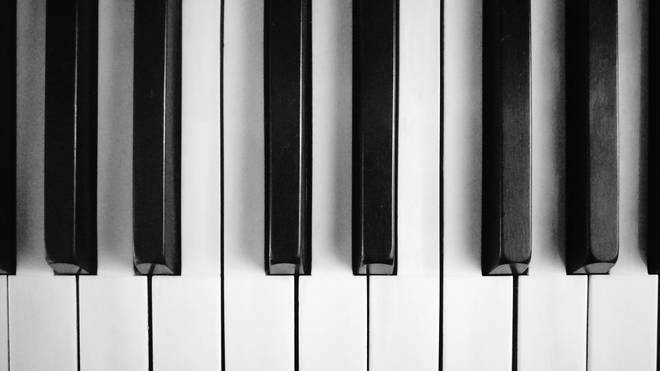A standard piano has 88 keys: 52 white and 36 black. But who decided this number would be the norm, and why?
Before the piano was invented, composers wrote a lot of music for the harpsichord, which has just 60 keys. This meant that everything they wrote was limited to the harpsichord’s five-octave range.
Then, the first piano was invented.
Around the year 1700, Bartolomeo Cristofori, a musical instrument technician from Padua, Italy, decided it was time to update the harpsichord – and he came up with a new keyboard instrument with a hammer mechanism.
Cristofori was hired by the Florentine court of Grand Prince Ferdinando de’ Medici in 1688 to look after their harpsichords and, eventually, other instruments.
A 1700 inventory of Medici instruments mentions an ‘arpicimbalo’ (lit. an instrument resembling a harpsichord) invented by Cristofori. The instrument had a brand-new hammer and damper mechanism, two keyboards and a range of four octaves (49 keys).
Poet and journalist Scipione Maffei described it in 1711 as a ‘gravicembalo col piano, e forte’ (harpsichord with quiet and loud). It was here that the ‘pianoforte’ found its name.
Composers got more ambitious.
After Cristofori’s invention, composers started writing more and more music for the piano. But the instrument’s four-octave range was limiting.
So, piano manufacturers designed new pianos with more keys, so that composers like Haydn and Mozart could write more interesting material with a wider range.
By the time Romantic composers like Chopin and Liszt were writing music in the mid-1800s, pianos had up to seven octaves. This meant they could compose pieces with a crazy range.
Steinway created the 88-key piano.
In the late 1880s, piano manufacturer Steinway created the 88-key piano. Other manufacturers followed suit, and Steinway’s model has been the standard ever since.
An 88-key piano has seven octaves plus three lower notes (B, B flat and A) below the bottom C.
It has 52 white keys and 36 black keys (sharps and flats), with each octave made up of seven white keys and five black keys.
Why did piano manufactures stop at 88 keys?
Today’s composers usually write piano music that fits within the range of an 88-key model. Most piano makers also accept this as the limit, because anything outside is considered too high or low for the human ear.
But there are a few exceptions. For example, there’s a 102-key Stuart and Sons piano, which costs around £220,000.
Plus, Bösendorfer sells 92-key pianos, whose four extra keys are coloured black, so the pianist can distinguish them from the standard 88. The keys are rarely used, but the extra bass strings add harmonic resonance that contributes to the rich, overall sound of the instrument.
Originally posted on CLASSICFM.COM


